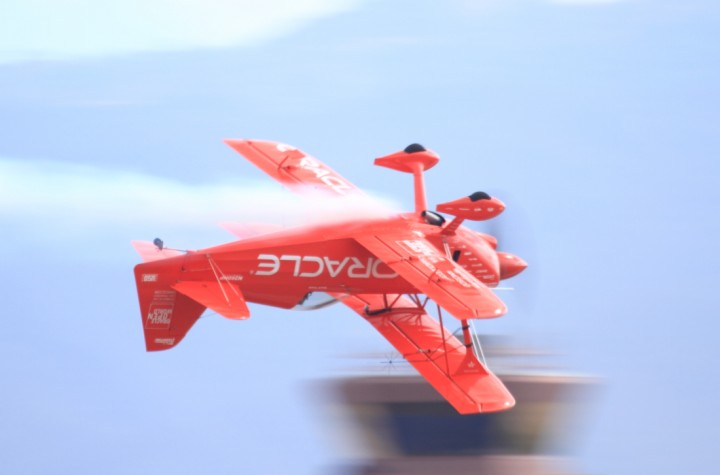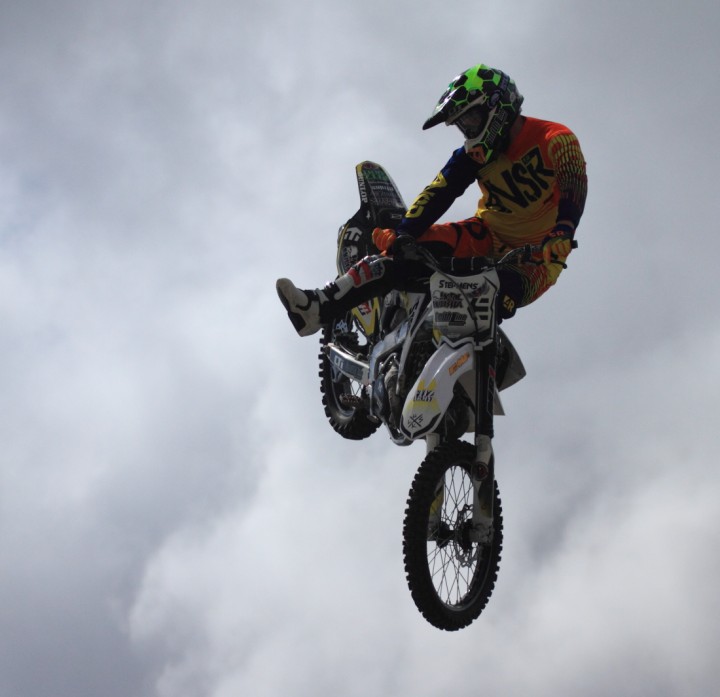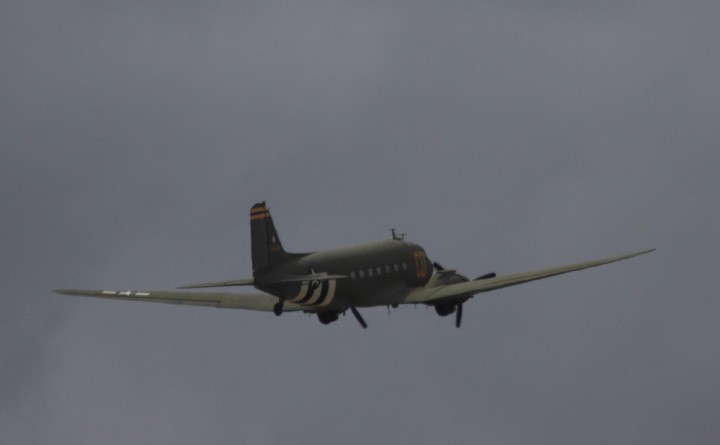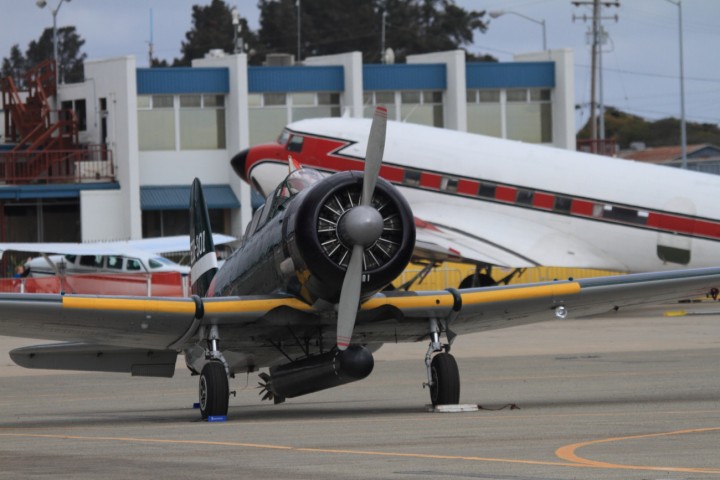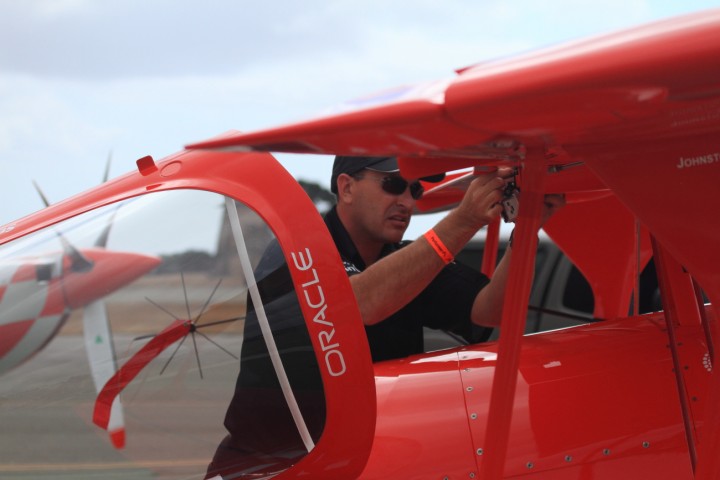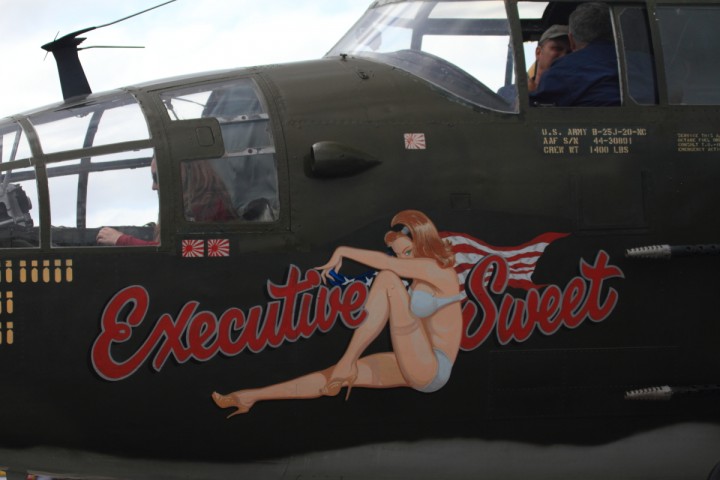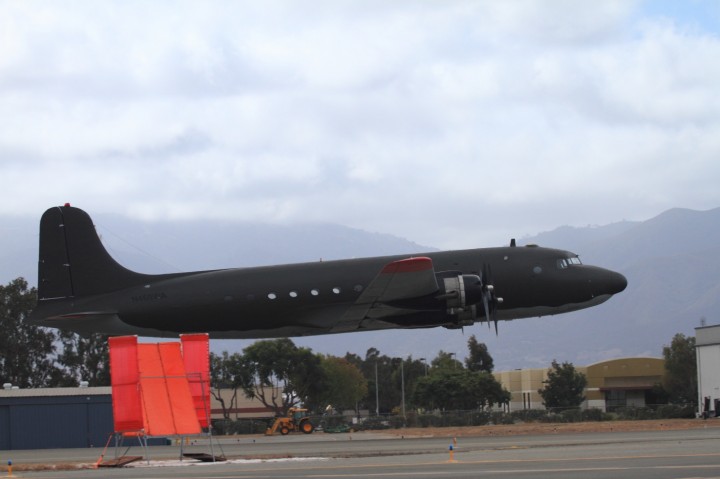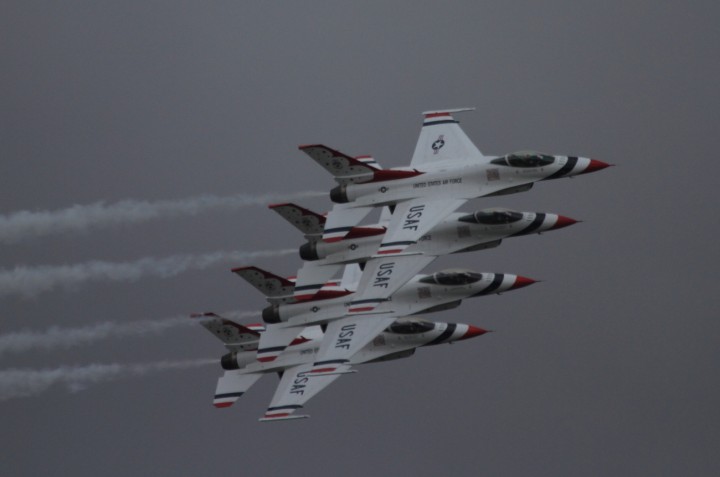Some photos from 27-SEP-2014 California Air Show in Salinas CA:
Tag Archives: Aviation
American Heros Day – Boeing Museum of Flight
What a fantastic Day at Boeing’s Museum of Flight. It was American Heroes Air Show at the museum. A day dedicated to the men and women that keep America safe by protecting our borders, fighting crime, rescuing us when we are lost or in peril, and saving lives when immediate medical care is required.
The morning started out very slowly. With less than ideal weather over Boeing Field, but the people still arrived early (before 7:00 AM) to watch and photograph the helicopters as they arrived. All were scheduled to arrive between 7:30 and 10:00 AM. Breakwater Insurance was on hand to provide complementary coffee, hot chocolate and muffins for the small crowd that had arrived 3 hours before the museum opened, to watch these wonderful aircraft arrive. They remained outside, in the weather serving the crowd late into the morning. That was appreciated.
We’d heard one helicopter transit the airfield above the clouds, so there was a brief bit of excitement, but after 10 minutes, we didn’t hear it any longer, and it was gone. People didn’t give up though, and at 8:30 AM, the thrilling arrival of the first helicopter via air (A King-5 news helicopter arrived before hand, on a trailer…. much to the crowds disappointment!).
First to arrive was the US Coast Guard in their short-range rescue helicopter, the Aérospatiale HH-65A Dolphin. 
They made a quick approach down the main runway, and then landed just outside the tarmac gates for the museum.


Not more than 10 minutes later, the second USCG helicopter arrived to the field:

To say that it arrived with a lot more flare than the other helicopters that morning, would not be an overstatement.

Once it had established over, the leading blades were creating just the right disturbance in the air, to create these contrails. And I’m pretty sure they were NOT splaying chemicals or conducting other experiments upon us with the contrails (that’s a contrail folks, not one of those mythical chemtrails). Unfortunately, I did not get any photos with the contrail in shark focus. :/

Not long after the HH-60J was shut down on the taxiway, a Eurocopter AS350 arrived, and was directed to the landing area.

By now it was 8:35 AM, and the private museum members only presentation of the newly restored HH-52 USCG helicopter in the museum was about to begin, so AJ and myself hurried into the museum for the 1 hour talk about the history of the HH-52 (the USCG website has a writeup about this dedication).
Rear Adm. Gary T. Blore, Commander of the 13th Coast Guard District and current Ancient Albatross gave an excellent presentation of the helicopter, and related his own stories flying these historical life saving machines for the USCG. It held even the attention of a 9 year old body for the entire hour. If you wonder what the designation “Ancient Albatross” means, in short, it means he is the oldest active duty aviator in the USCG at this time (he’s retiring this summer, and the title will be passed to the next eldest in the fleet).

Among the stories and facts relayed. We learned;
- the HH-52 is credited with over 15,000 lives saved
- it has a boat hull that allowed them to land on water to recover survivors (a technique that is no longer used, because it was really quite dangerous)
- Adm. Blore had to ditch ad HH-52 on his first mission into the Atlantic, at night, due to bird strikes that disabled the engine and severely damaged the main rotors
- that Boston Whalers seemed be involved in an awful lot of rescues
- they had a very limited carry capacity, despite the size, due to single motor being down-rated for cost-cutting measures (re-using existing hardware for the transmissions), sometimes only being able to pull 2 survivors at a time out of the water
- off-shore navigation before off-shore LORAN and GPS was via dead-reckoning and that is quite difficult. Often they arrived back to the coast with very little fuel and far from an airfield, so they would land on the beach and call for a fuel truck
During the talk, several more helicopters arrived to the field. One of which was this US NAVY Rescure Hawk:

With the museum opening to the general public in less than 1/2 and hour, and the new arrivals to the static displays, we hustled outside to see take it all in.
 |
 |
 |
 |
 |
 |
 |
 |
 |
 |
 |
 |
 |
 |
 |
 |
 |
 |
 |
 |
 |
 |
 |
 |
 |
 |
 |
 |
 |
 |
 |
 |
One of the first birds out was the Airlift Northwest Agusta. I see this helio a couple of times per week, landing across the street, but I still love to see these thing fly.
While talking to the pilot, I learned some interesting things about this specific helio, such as it’s complex auto-pilot allows them to fly in IRF conditions with just a single pilot. In fact, it does not even have a control stick in the left front. The only person with any controls is the pilot. And like he said, everyone on board is counting on him to be healthy during the flight.


Just like it’s arrival, the departure of the Chinook was an event in and of itself. It’s a pretty big bird and there seems to be a lot of work the flight crew has to do, just to get it up and rolling. LOL. But it’s such a great work horse, and an amazing thing to see taking flight, with it’s big counter-rotating main blades. Just another bright moment that day.


One of the last birds out, was the DEA Eurocopter. The pilot took off with a standard departure to the south, but at the end of the field, kicked the rudder hard over, banked it high and came back down low over the flight line, before completing a standard northern departure. All of those helio pilots sure seemed to love their jobs!

What a great event at the Museum of Flight. Even the bad weather did not damping the activities on the flight line.
It was fantastic to meet and learn from these American Heros. The people out there on the front lines of national defense, law enforcement and search and rescue. It really makes me Proud to be an American.
Blue Angels and Others at SeaFair2010 (Saturday)
Granted, it’s been almost a week since the Blues flew at SeaFair 2010, but I do have a day job after all, and picking and processing photos is a time consuming affair. Regardless, here are some of the highlights from the fun on 7-Aug-2010 at the Museum of Flight in Seattle.
Weather was pretty iffy, but the Blues still few a program to the delight of thousands. Here are some of those photos:
Photos of some UAVs at the Museum of Flight.
I took a few shots of some UAVs at the Museum of flight, for my friends on the Radio Control forums.
Lockheed Martin RQ-3A Dark Star

Insitu Areosonde Laima



Fieseler Fi 103 “V1 Buzz Bomb”


Photos from SeaFair 2010
Between myself and my daughter, we took almost 2000 images at SeaFair 2010.
In this blog entry, I will be uploading a handful that really struck me as interesting or good. Here is the first, and so far, my favorite photo from the weekend.

I shot this photo on Sunday, as they were making the final airfield flyover, before landing.
My next favorite is this one, which my daughter shot with a 50mm lens, standing on a chair, as they made their final flyover, before landing. I think she has an eye for photography. I checked the rest of the shots in the set, and there were no rapid frame pics, she shot this single frame. I love the composition. Lighting was terrible on Saturday when she shot this, but it still worked!
Shot by my daughter on Saturday from the Museum of Flight Cafe, as the Blues returned to land.
More Night Photography – ALNW EC-135 EuroCopter
A few nights back, I had the opportunity to try my hand again, at some night photography of the helicopters.
This time the subject is an EC-135 EuroCopter Air Ambulance.
Photography at Harrison’s Hospital during lift-off.
More pics of AirLift Northwest EC-135 N953AL
It’s been months since I have seen this bird at Harrisons. It’s a great looking example of the EC-135 Eurocopter.
I’d more recently seen another EC-135, but it had much different livery, but still flew with the AirLift Northwest logo:

Here are a few of the photos I took today:





I also have video shot with my old Canon DV camcorder (found it in a storage box yesterday). Right now I don’t have the right Firewire cable for my MAC. Hope to get that resolved tomorrow.
AirLift Northwest photos – Canon 20D + 400mmL IS lens
The last couple of days have been pretty nice. I had my older 20D camera body loaded with the 100-400L Zoom and next to my desk. More than a few times a week, the AirLift Northwest helicopters bring people into the trauma center at Harrisons. So, I decided to snap a few pics.
They have a number of helicopters, and at least two different models currently in use. This one, photographed on two separate days. I believe this to be an Agusta a109.




Note about these photos. These are re-sized by the blog software, and they loose a little bit of their quality. The originals are tack-sharp. I’ll have to look into adjusting the blog software to not mangle my photos. Not sure if it’s possible but worth a try.
St. Maarten aircaft landing videos
While talking about cool places to go, I was looking up links to St. Maarten (visited there in 2001). Which, inevitably brings me to look up YouTube videos of landings there. Here are a few that I really liked.. the last one gives you a REAL feel for how hairball that approach is!
Airbus A340 landing. Keep our head down:
No, really, you want to keep your head down! (KLM 747)
First of the takeoff videos. Does not show the human windsocks but.. you sort of get the idea:
What it looks like inside the jet. Yeah, that mountain really is pretty damn close!
This is the longest of them all, at more than 7 minutes, but there are some great shots of the takeoff there too (check time mark 2:00).
Shortly but goody. It looks like the jet is just at the fence while you are standing them having sand hit you at near super-sonic speeds. Good times!
Here is a short one shot from the Sunset Beach Bar.
Now.. this is the most hairball of the bunch. That fence on the end of the runway is only 5′ tall for a reason!
And, finish it all off with a pilot’s view of SXM
I’ve pirated the pilot’s comments from his video post since, you might never see them viewing the video in my page:
Landing St.Maarten from cockpit 747. After nosewheel landing camera touched windshield causing crackling noise.
For those viewers who made comments (or new viewers who are thinking about making the comment) that this approach is too high and/or too fast or whatever else you might think, here some free 😉 flying lessons from someone who’s flying B747’s for 20 years:
On an approach on instruments a B747 should cross the runway threshold (= the piano keys) with the main wheels at ± 35 ft above threshold. The 747 is so big that at that point the altitude of the cockpit is 35 ft higher, so the cockpit is at ± 70 ft when main wheels cross the threshold.
On a visual approach, as is the case here at St.Maarten, we have to have some more margin. Normally the pilot aims to see the runway threshold disappear under the nose at 80 ft (mind you, the main wheels are at that moment still NOT above the threshold) to have sufficient main wheel clearance.
If you look at the video and notice the altitude callouts, you’ll see the threshold disappear under the nose at the call 50, so actually I am a bit too low in stead of too high. (In fact I am only too low for a visual approach. If you look at my landing at JFK http://www.youtube.com/watch?v=q4YoXy… you will see that I cross the threshold also at 50 ft, which is normal on an instrument approach. Note: the automatic altitude callouts you hear on this video are Radio Altimeter altitudes. The Radio Alt is zero when the main gear is on the ground with struts extended.)Now, there are quite some viewers who think we landed too far on the runway. What follows from earlier explanation is this:
We approach a runway at a three degrees approach angle. If main wheels cross the threshold at the correct altitude, the main wheels will hit the runway at approx 900ft (300m) behind the threshold, that is, if you don’t flare the airplane. If you look again at the video and wait till you hear 50,40,30,20,10 and see the solid white markers, they are at 900ft behind the threshold and the plane touches down right behind them, because I did flare the airplane. (Passengers seem to hate hard landings!!)
THIS IS THE NORMAL TOUCHDOWN POINT FOR A B747.
The FCTM(=Flight Crew Training Manual) from Boeing says: flare distance is approx 300 to 600mtr (=900 to 1800ft) beyond the threshold.So, please, stop nagging about this landing being too far on the runway.
And then something about too fast: On this approach the 747 weighs about 260.000 kgs. The required approach speed is then 150 kts which is about 175 mph or 280 km/hr. So what about TOO FAST? If we fly slower, we will fall out of the air!!
747 flying off-course in NYC caused building evac
What the FAA indicates was a photo-op fly-by, coordinated with state and federal authorities, a Boeing 747 escorted by two F-16 interceptors, was flown down over the Hudson river (same approach pattern used by the killers on 9/11). The sight caused a couple of buildings near the World Trade Center crater, to be evacuated.

Since it was coordinated, it seems it would have been nice of them to tell the people in the buildings not to panic! Geez. Nothing like needlessly scaring the crap out of people.
Some photos have been taken of this event by paniced citizens, I’ll post links as soon as I can find them (they are doing multiple passes of the jets so I’m sure plenty of photos will be posted soon).
UPDATED: 5-May-2009
Related links:
